Hans BELLMER Woman Original Etching Hand-Signed Edition: 108 / 150 Dimensions: 51 x 38 cm Circa 1970 Hans Bellmer was born in Kattowitz in 1902. At his father's insistence, he worked in a steel factory and a coal mine after finishing the examinations qualifying for university admittance. Nevertheless, Bellmer managed to do some art work and exhibit it in Poland in 1922/23. The work led to his arrest. While studying engineering at Berlin Polytechnic, Hans Bellmer met John Heartfield, Rudolf Schlichter and George Grosz. In 1924 Bellmer dropped out of engineering, worked as a book printer and then as an illustrator for Malik Verlag. That winter Bellmer took his first trip to Paris. After his marriage in 1927, Hans Bellmer worked as a commercial artist, attended lectures at the Bauhaus in the early 1930s and travelled to Italy and Tunisia. He refused to continue working as a sign of resistance to Fascism in 1933. To show his repudiation of Fascism and the aesthetic it propagated, Hans Bellmer began to construct girlish three-dimensional dolls, which he photographed in erotic poses. Some of these works were published by Bellmer at his own expense in 1934, others appeared in the Surrealist journal ''Le Minotaure'', ensuring Bellmer important ranking among Paris Surrealists. In 1938 Hans Bellmer emigrated to Paris and was interned with Max Ernst on the outbreak of the second world war in the ''Les Mille'' camp near Aix-en-Provence. On being discharged from the camp, Bellmer renounced German nationality in 1941 and fled to Castres, where he married his second wife that same year. During the war years Hans Bellmer did drawings, developing an increasingly distinctive figurative style after initial essays in abstraction. In 1943 Bellmer had his first one-man show at the ''Librairie Trentin'', a bookshop in Toulouse. It was followed by numerous international Surrealist group shows. In the post-war era Bellmer succeeded in rendering the subconscious aspect of sexuality in intoxicatingly hallucinatory dream pictures, working with the precision of the Old Masters and soon supplementing this approach with an infusion of Mannerist influences and beautiful, fluid line which recalls Jugendstil/Art Nouveau. In Hans Bellmer's mature late work, line is refined to a filigree tracery, the eroticism is even more pronounced, partly because death is now included as the opposite pole of lust. Hans Bellmer died in February 1975, bequeathing an œuvre informed by obsession and comprising objects, photography, drawings, some prints and oil paintings, in which the representation of obscenity expresses a rebellion against society, conventional rationality and the Zeitgeist of the times in which the artist lived. A co-founder of the Fantastic Realism movement, Hans Bellmer exerted a profound influence on Paul Wunderlich and Horst Jansen.


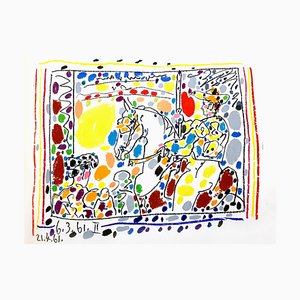
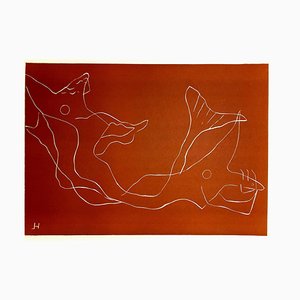
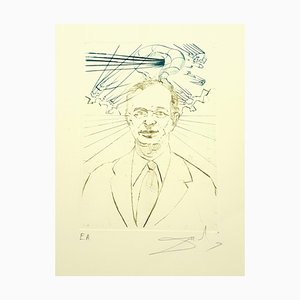
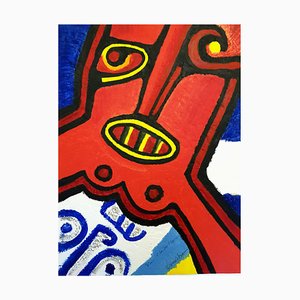

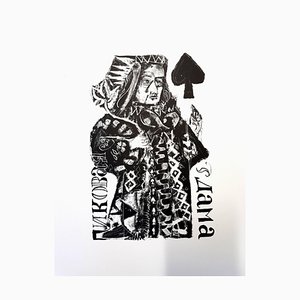
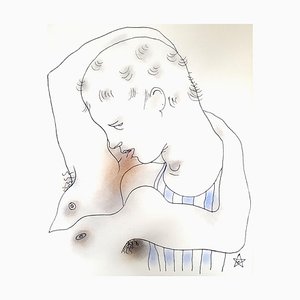
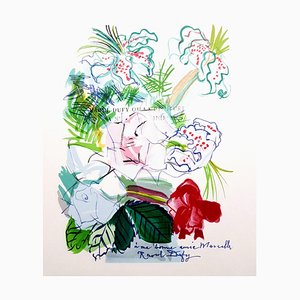
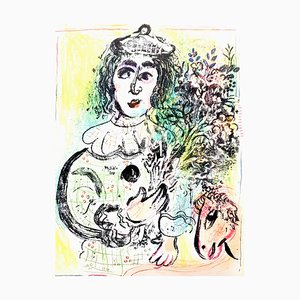
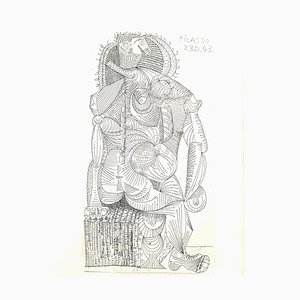
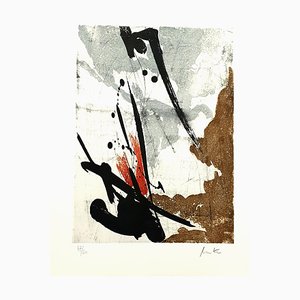
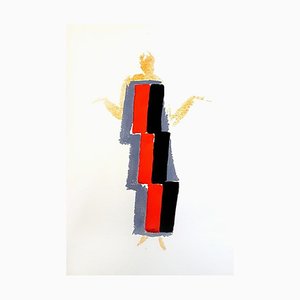

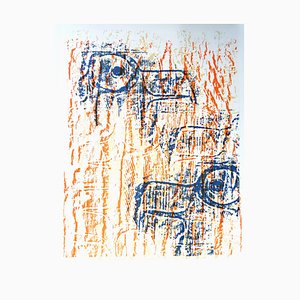
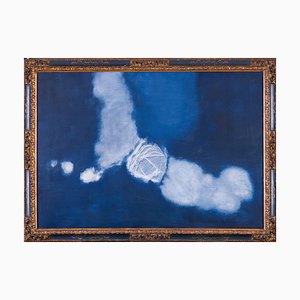
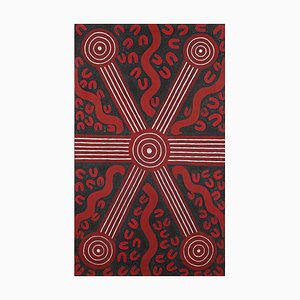

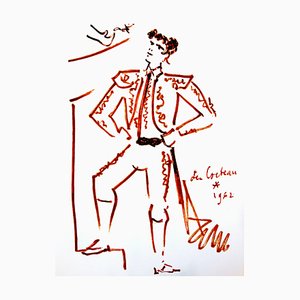
Get in Touch
Make An Offer
We noticed you are new to Pamono!
Please accept the Terms & Conditions and Privacy Policy
Get in Touch
Make An Offer
Almost There!
To follow your conversation on the platform, please complete the registration. To proceed with your offer on the platform, please complete the registration.Successful
Thanks for your inquiry, someone from our team will be in touch shortly
If you are a Design Professional, please apply here to get the benefits of the Pamono Trade Program